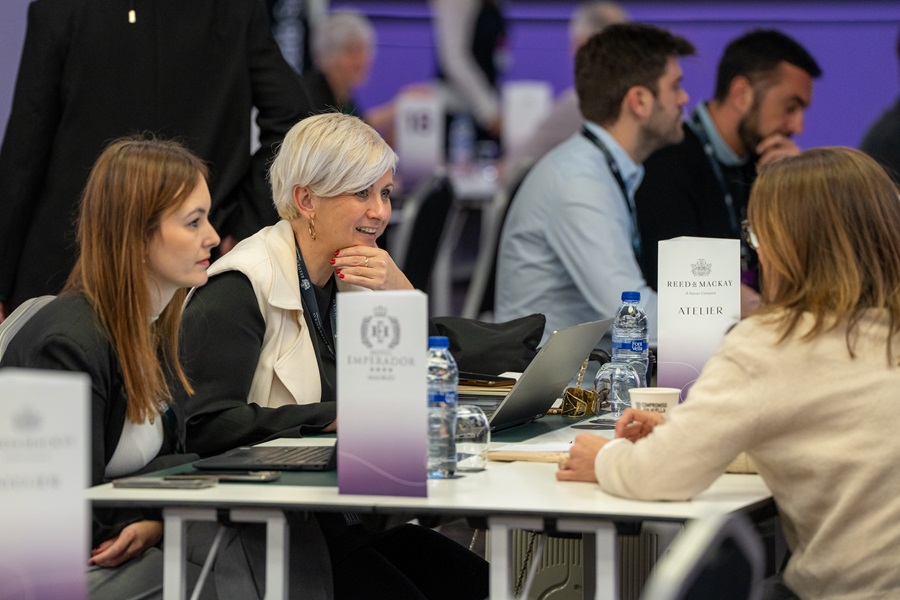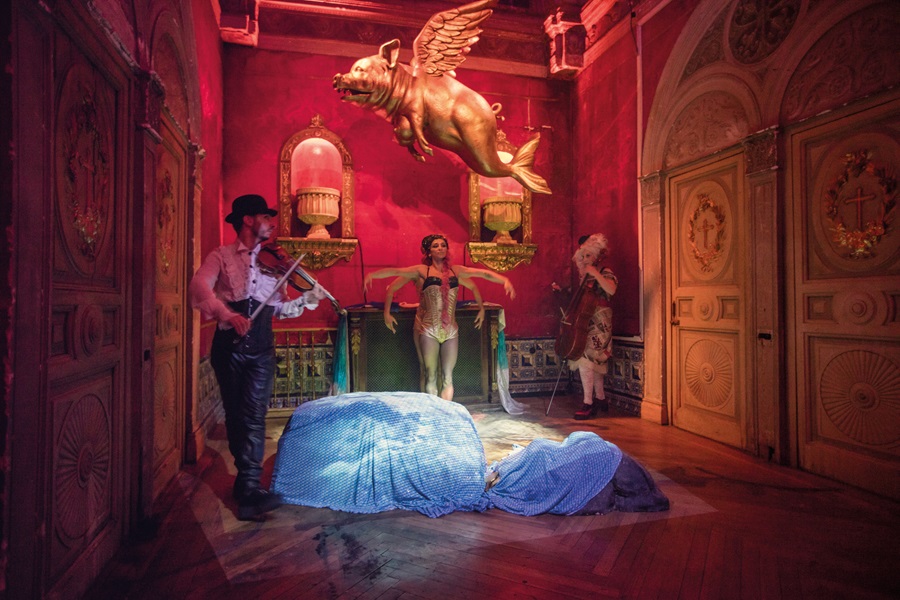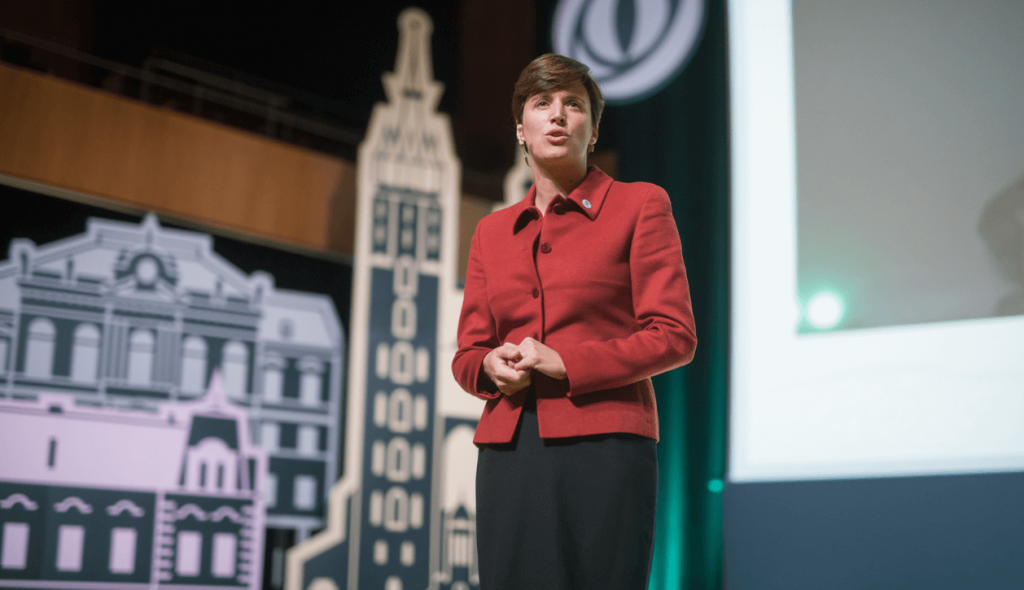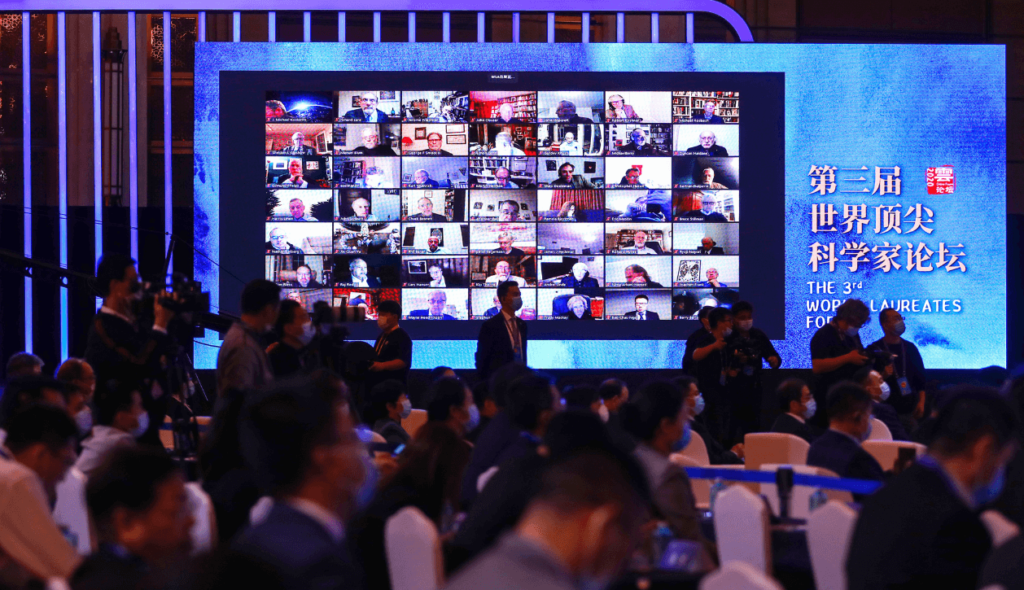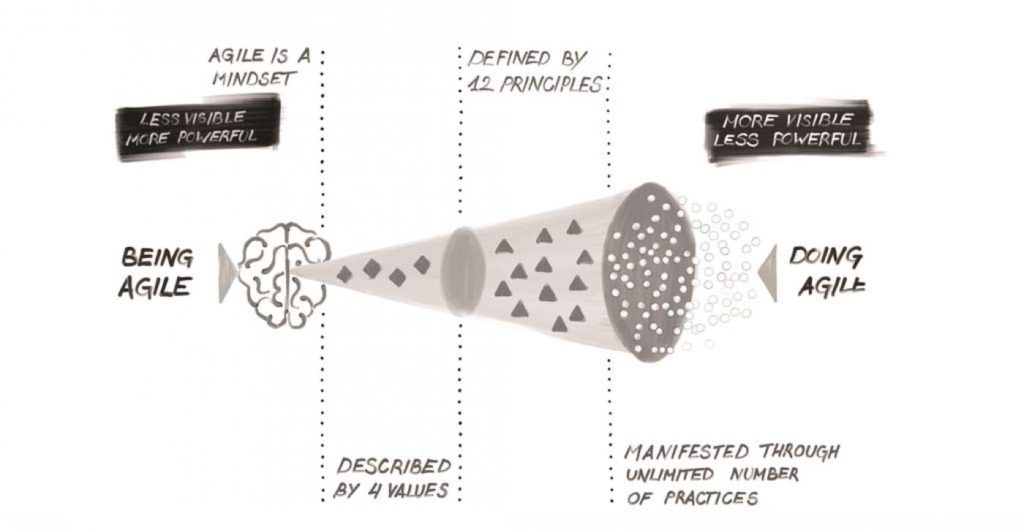
Share news
Listen
Does the concept of “agile events” work more at a campaign level than at the level of a single event?
It applies at both levels. Even if you just organize one event, you have a chance to apply it, though ideally it could be applied from event to event, in a whole campaign. But this is not always possible.
Why? Is it hard to get companies to stop managing their portfolio event by event?
Things are improving there… More and more companies are bundling their event business and giving it to one partner. This helps save money, improve consistency and save time. More and more clients work within frame contracts of 3 to 5 years. Today such contracts represent two thirds of our business. This is not only in Germany; we also see it in international brands. Briefing three agencies and selecting them takes time, all of them have questions, you have presentations, you have to analyse their offers in detail and that is blocking your manpower. Also you are creating a ghost market: if you ask for proposals from three agencies, you have three agencies looking for a venue for a specific date, and venues see demand coming to town, often don’t know this is the same event, and this is raising prices even before anything was contracted.
So when companies work with an agency as a frame contract, it is easier to apply the defined strategy, analyze the results and learn for the next event. Agile has a huge potential in a frame contract, but also there is a potential on a single event.
How do you apply it in a single event?
The idea is simple, it comes from the IT industry, which 25 years ago realized that they were writing phone-book RFPs for programmers, but the technology was moving so fast that half a year into programming, the plan did not make much sense any more. The traditional ‘waterfall’ planning process is good for some things but they stick you to a plan when change is so fast that you have to start working at a moment when you don’t have all the elements. Agility starts at the very beginning. The client is very transparent and tells us “we have the following issue, we want to have an event for this reason and this should be the outcome, but we don’t have 100% of information of what we want to do”. So you don’t start with a pitch, but you do a half day workshop with two agencies, and discuss the project openly, their team with our team. In this working atmosphere, they decide which agency they want to work with. Then you decide daily rates and start working together, eye-to-eye. In this model, interactions client-agency are very frequent. We had a project with an American company, in which we worked one week in the US, one in the UK and one in Germany, and we were always working together in one room. This works amazingly well.
What are the benefits?
Working together on a project in an agile way gives you the advantage of being more creative, efficient, and it is more fun for all involved. More ideas come up. We estimate a time saving of 20%. Also, remember that amongst the key human needs is the need for autonomy and belonging to a social group. Agile helps there too.
It requires a lot of trust, I guess?
Trust goes in both directions. It also requires a lot of flexibility of the agency. You define the budget but if new things come up, you either cut something else, or see if it is possible to increase the budget. The same for manpower: you have to be very transparent about what the team is doing and how long it takes. You bill your team’s time with no markups on prices. Even the team can be reviewed based on the needs of the project. Also in this flexible way of working, the team decides for themselves which tasks they work on. Everyone grabs and manages their time.
The client works with you?
Yes, the client does spend time on the project, but this is time well spent, rich in strategy.
How does it affect the agency work?
It is not just about the event management, but about agency management. In our internal processes, we have a yearly plan but which is very open to changes. We are changing our internal calculation software to give everyone all available information, and everyone sees what everyone else is doing. We have different workstreams and people join in and out. It has lots of potential but also a downside: we lost a few people who preferred to work in a hierarchical, planned environment.
I guess this forces you to increase your measurement culture?
Absolutely. The culture is changing on this part. In agile events, we organize, measure, learn along the way. Trying and measuring are essential.
How does this approach work in terms of budget planning: should corporate budget planning change from a yearly process to a constant revision?
You could but combining agile with fixed budget can also work. As you go, you see the budget unfolding and decide to reallocate. Since everything is very transparent, you just decide what you need to change.
Do you get more strategic?
Absolutely. This is on a very open level. If you are very transparent, you get the client to tell you that he needs an event for the whole organization to be ready, as an internal pressure tool. The event should then have a huge power in having people. The client opens up much more and sees you as a partner.
An event is ideally just a part in a complete plan, so how do other agencies which are involved in corporate communication fit into this new way of working?
Everything is interlinked indeed, and this agile method can perfectly apply to a pool of agencies. A lot of clients are linking together the specialized agencies working for them. We are always open to working with other agencies. And we do digital in-house, but bring in our partners for other specialties of communication if necessary.
What is the impact on the professional profiles of event planners?
You have to be open to failure, very flexible, open to possibilities. But our feeling is that a lot of young people learn in an agile way, so they are ready.


